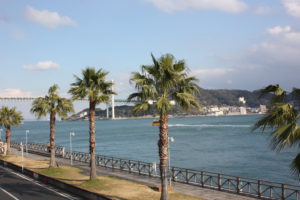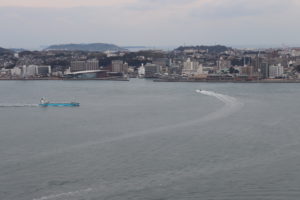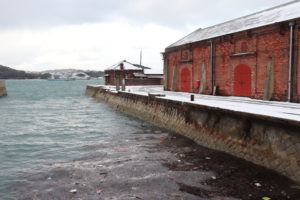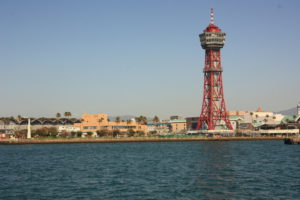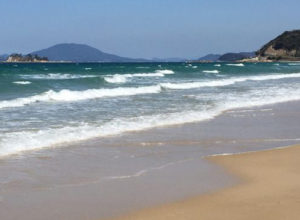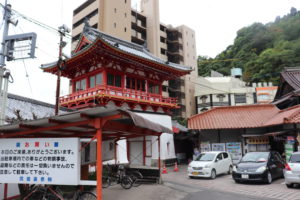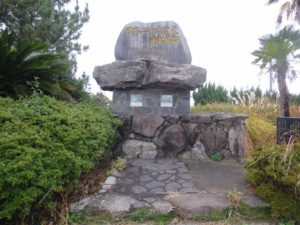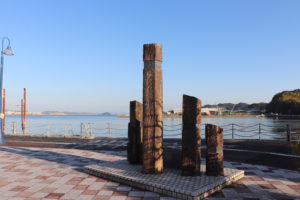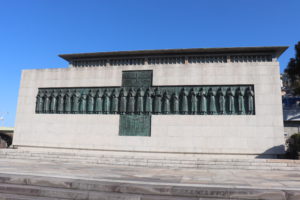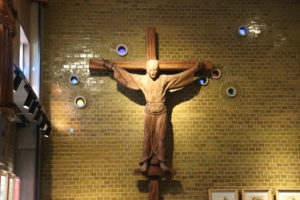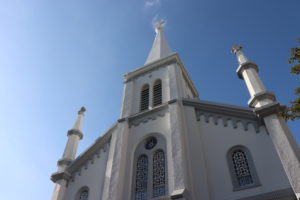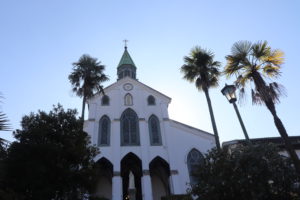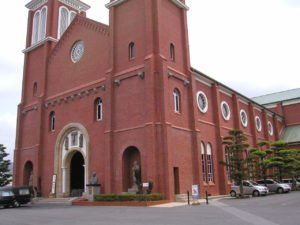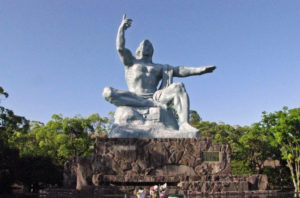Starbucks at Dazaifu Shrine approach path
Coffee break under the traditional atmosphere. The restaurant was designed by renown
architecture designer Kengo Kuma in 2011. The concept of the design is Harmony of
Modern and traditional by natural material; 2000 cedar timber is assembled in a traditional
wood structure without using nails. Enjoy the luxurious time in the warmth of wood and the
scent of coffee.
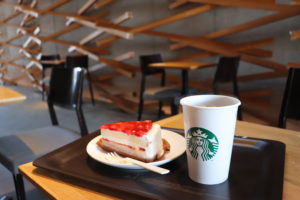 |
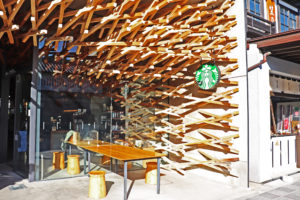 |
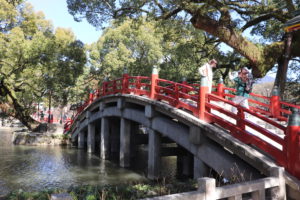 |
26 Saints Pilgrimage route on January 28 in 1597
The route of this day was from Kokura in Kitakyushu to Akama in Munakata via Koyanose ,
the distance was 34.5 km.
Started at Kokura accommodation around Kokura Castle, and walked to Tobata port
along the Kanmon Strait.
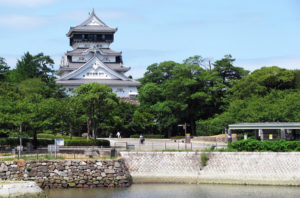 |
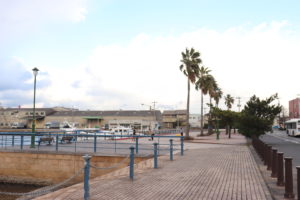 |
 |
Transfered to Wakamatsu from Tobata by a boat.
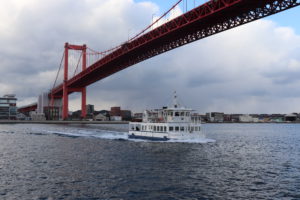 |
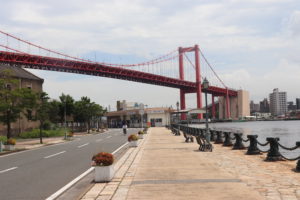 |
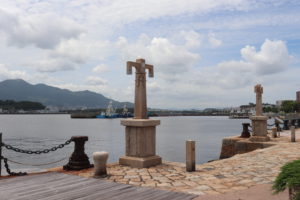 |
Walked to Akama through Ashiya and Koyanose, and then stayed at Akama.
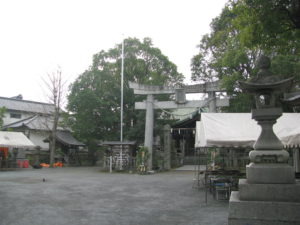 |
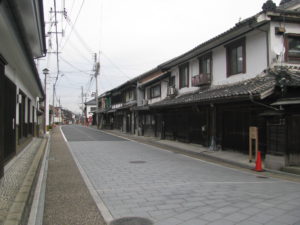 |
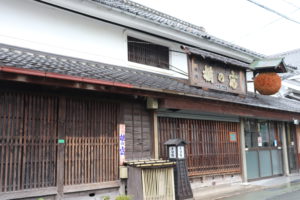 |
26 Saints Pilgrimage route on January 30 in 1597
The route of this day was from Wajiro to Shikano-shima Island, the distance
was 18 km walk.
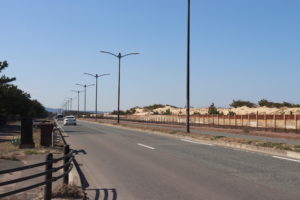 |
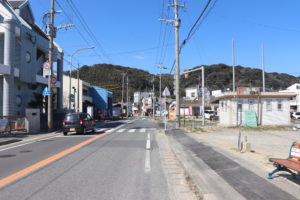 |
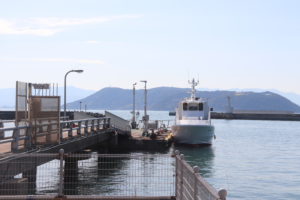 |
Started at Wajiro accommodation and walked through Gannosu to Saitozaki.
When the tide was low, they walked across to Shikano-shima Island, where
the boat port was located.
Stayed on the boat.
26 Saints Pilgrimage route on January 27 in 1597
There were 24 martyrs when they started Kyoto, but two more martyrs were added in
Shimonoseki, then became 26 martyrs in total.
The route of this day was from Karato in Shimonoseki to Kokura in Kitakyushu.
Rode on the boat at Karato, and transfer to Dairi in Kitakyushu
|
Karato |
Kanmon Strait |
Dairi |
They landed at Dairi and walked 6 km along the coastline of Kanmon Strait to Kokura,
where was the place to stay.
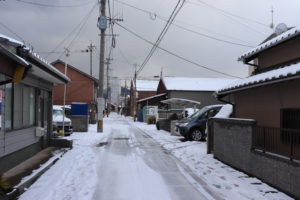 |
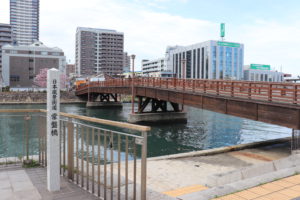 |
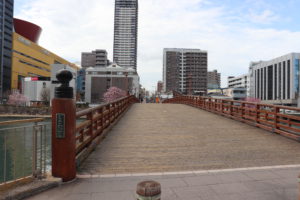 |
It is said that they stayed around Kokura Castle.
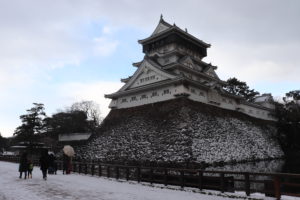 |
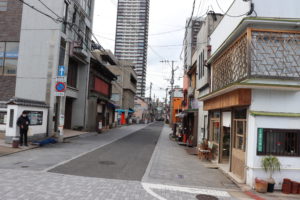 |
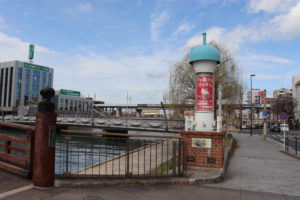 |
Akizuki, in Asakura
Akizuki is a former Castle town located in northern part of Asakura. It is a famous spot for
cherry blossom in spring and fall foliage in autumn.
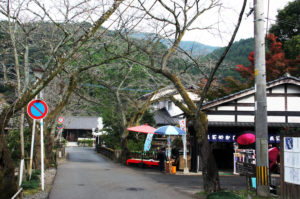 |
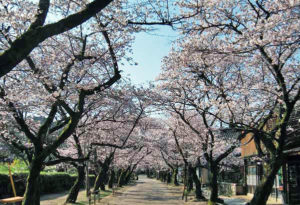 |
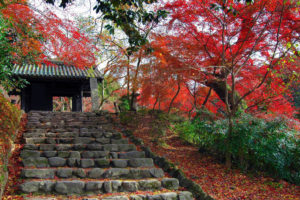 |
You can enjoy the harmony of countryside landscape and former castle town scenery that
makes the atmosphere like a time of 400 years ago.
26 Saints Martyrs of Japan Pilgrimage tour
26 Saints are the first martyrs in Japan.
26 Christians arrested in Kyoto who were consisted of 20 Japanese, 4 Spaniards,
1 Mexican, and 1 Portuguese.
They walked from Kyoto to Nagasaki in January and February 1597.
How great were the physical and mental suffering of those 26 men who were
forced to march all the way from Kyoto to Nagasaki during these cold
winter days, and they all ascended to heaven at Nishizaka Hill on Februay 05.
This tour follows the pilgrimage routes of 26 saints from Fukuoka to Nishizaka.
And also visit the relating places of 26 Saints.
The customized tour is planned as per the following conditions.
1) The tour starts from Fukuoka
・less than 7 persons : chartered taxi with English speaking driver
・more than 8 persons : chartered bus with Japanese speaking driver,
English speaking tour guide navigates the tour
3) Accommodation
・Type : Western style accommodation, Japanese stye accommodation called Ryokan
・Grade : economy, intermediate or luxury
4) Meals :Japanese cuisines, local specialities
Day 1 Hakata to Sonogi pilgrimage route, Nagasaki
|
|
Welcome to Fukuoka ! You will be greeted tour guide. The privete vehicle is used for the tour
Pilgrimage route : Hakata Port to Sonogi Port : total 120km Actually, 26 martyrs took 4 days for the following route ・February 01 : Hakata port → Itoshima → Karatsu →Yamamoto ; 58km stay in Yamamto ・February 02 : Yamamoto → Tokusue ; 5km stay in Tokusue ・February 03 : Tokusue → Takeo ; 31km stay in Takeo ・February 04 : Takao → Ureshino → Sonogi Port : 26km Sonogi Port to Tokitsu port by a boat, and stay on the boat
Drive to Nagasaki Check in the Hotel Dinner at the Hotel Stay in Nagasaki |
Day 2 Tokitsu to Nishizaka Pilgrimage route, Nagasaki
|
|
Breakfast at the Hotel Drive to Tokitsu Tokitsu Port The place where 26 Martyrs arrived by the boat on the cold night of February 04, and dawn on February 05, they got off the ship with a cold body and landed at Togitsu Port Follow the Pilgrimage route by the use of privete vehicle 12km path to Nishizaka, the place of martyrdom. Passed through the mountain pass, and through Michinoo, Akasako, and Urakami Visit Nishizaka Hill, 26 Saints Martyred on February 05, in 1597
Visit the 26 Martyrs Museum Visit Saint Filippo de Jesus Church Visit Nakamachi Church Return to the Hotel Dinner at the Hotel Stay in Nagasaki |
Day 3 Nagasaki Pilgrimage sites
|
|
After breakfast, check out the Hotel
Visit Oura Cathedral lunch at Dejima Warf Visit Urakami Cathedral Visit Peace Park Atomic Bomb Museum Ground Zero and remained Urakami Cathedral column Peace Statue
Drive to Fukuoka Check in the Hotel in Fukuoka |
History of Dejima from 1636
Dejima was the fan-shaped artificial island in the bay of Nagasaki where was used
as a trading port during Japan’s National isolation of Edo period.
In 1636, the artificial island, Dejima was constructed to accommodate Portuguese
who lived in Nagasaki and to prohibit Christian missionary work.
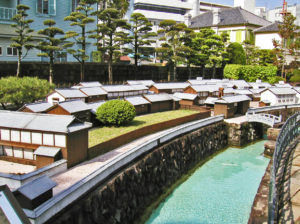 |
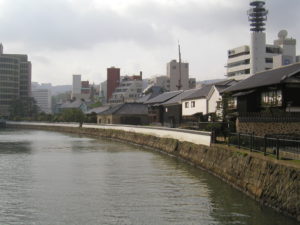 |
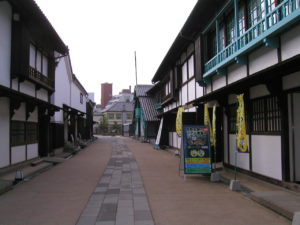 |
In 1638, trade with Portugal was prohibited and Dejima becaome an uninhabited island.
In 1641, the Dutch trading post in Hirado was moved to Dejima, and then the history of
trade with the Netherlands began at Dejima as only the gateway to European in Japan.
Japan’s first Seminary
In 1579, Priest Alessandro Valignano of Jesus from Portugal came to Japan to inspect
the situatin of missionary work in Japan.
Valignano believed that training Japanese priests and monks was the key to the success
of missionary work in Japan.
And then, he made the Japan’s first Seminary in Shimabara peninsula in 1580, where was
the Hinoe Castle town of Arima Harunobu.
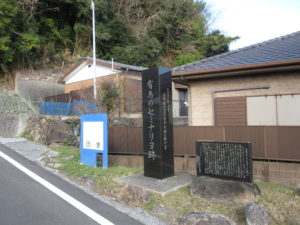 |
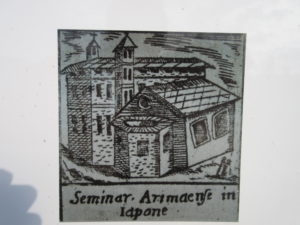 |
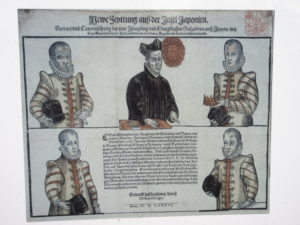 |
Among the first students, included member of Tensho youth mission to Europe who were
Ito Mansho Ito, Chijiwa Miguel, Hara Martino and Nakaura Julian.
Note : Seminary is an educational institution established in Japan by the Society of Jesus
between 1580 and 1614 to train Jesuit priests and monks.
Hidden Christian site, Kasuga Village
Kasuga Village and Mount Yasugatake is a Christian Pilgrimage site and is registered on
the World Heritage as Hidden Christian Sites in the Nagasaki Region.
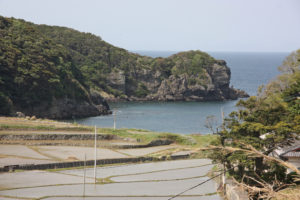 |
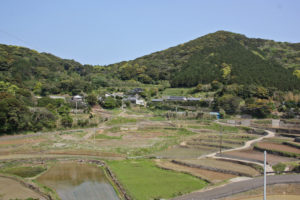 |
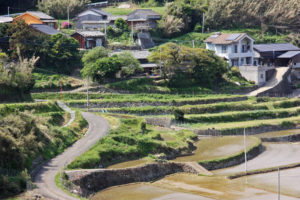 |
This idyllic, remote village was refuge to a small community of Hidden Christians who
practiced here for centuries, far from the prying eyes of the government. After the ban on
Christianity was lifted, the local villagers decided to continue practicing their own unique
brand of the religion rather than rejoin the Catholic Church. As a result, churches were not
erected in the village, and the religion remains outwardly invisible.
Hidden Christians
Oppression against Christians began with the Tokugawa shogunate’s ban
on Christianity. The missionaries were expelled to oversea countries, and
those who remained secretly in Japan were also captured and martyred.
Konishi Mansho who was the last Priest during the ban on Christianity,
was also martyred in 1644.
In the absence of priests, believers pretended to be Shinto or Buddhist
ostensibly in order to protect their faith.
The Christian organizations were created in each village to continue the
Christian faith and the faith was passed down from parents to children and
from children to grandchildren.
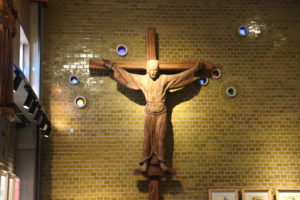 |
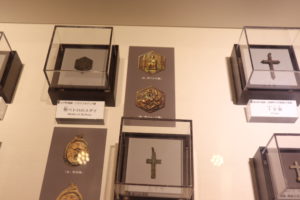 |
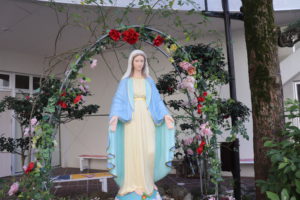 |
Hidden Christian
Even after lifted ban on Christianity, people who continue to practice their
faith in the same way as before are called “Hidden Christians”.
Hidden Christians in Nagasaki have been passed down since the ban on
Christianity in Hirado, Ikitsuki, the Goto Islands, Sotome, and around Nagasaki.

